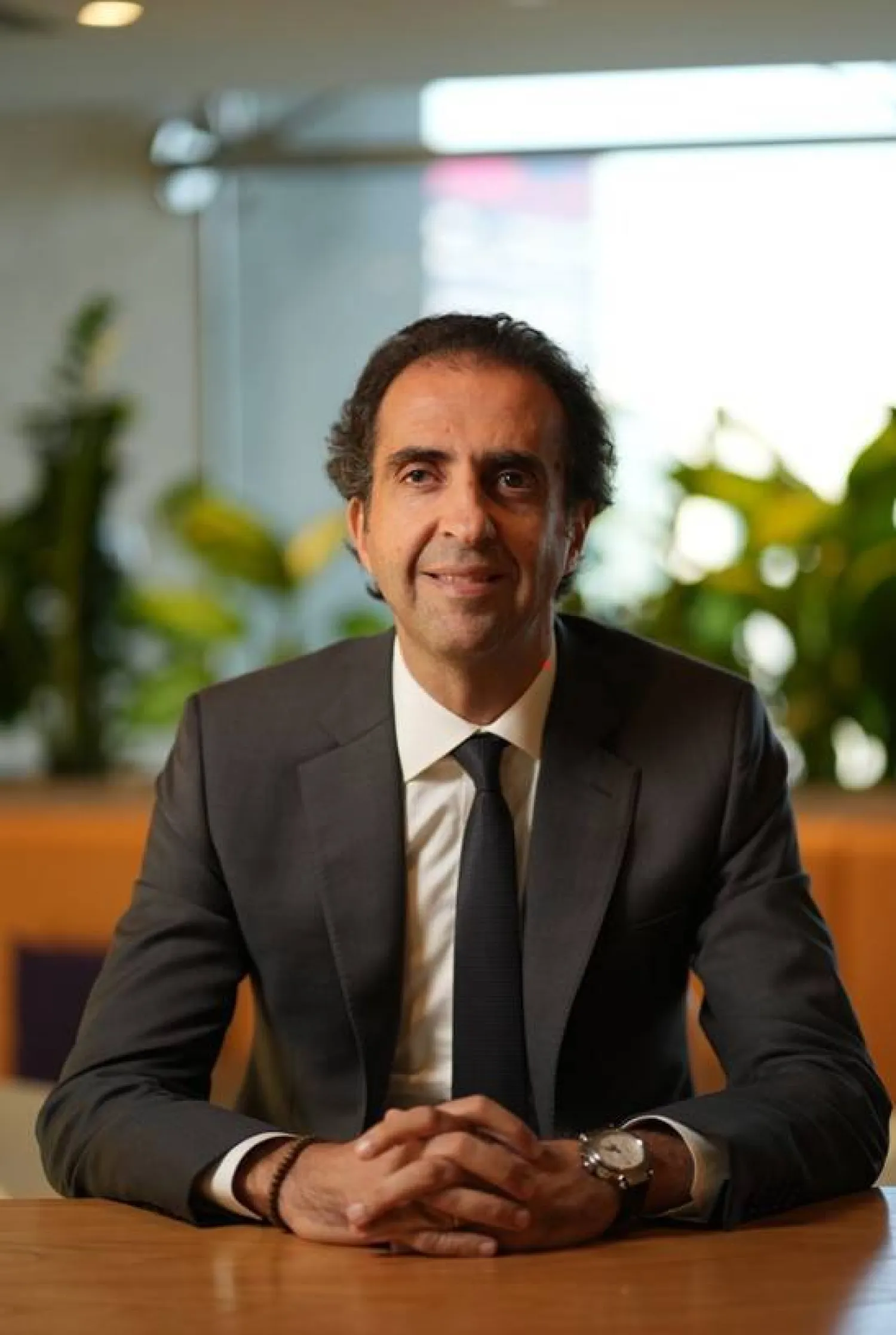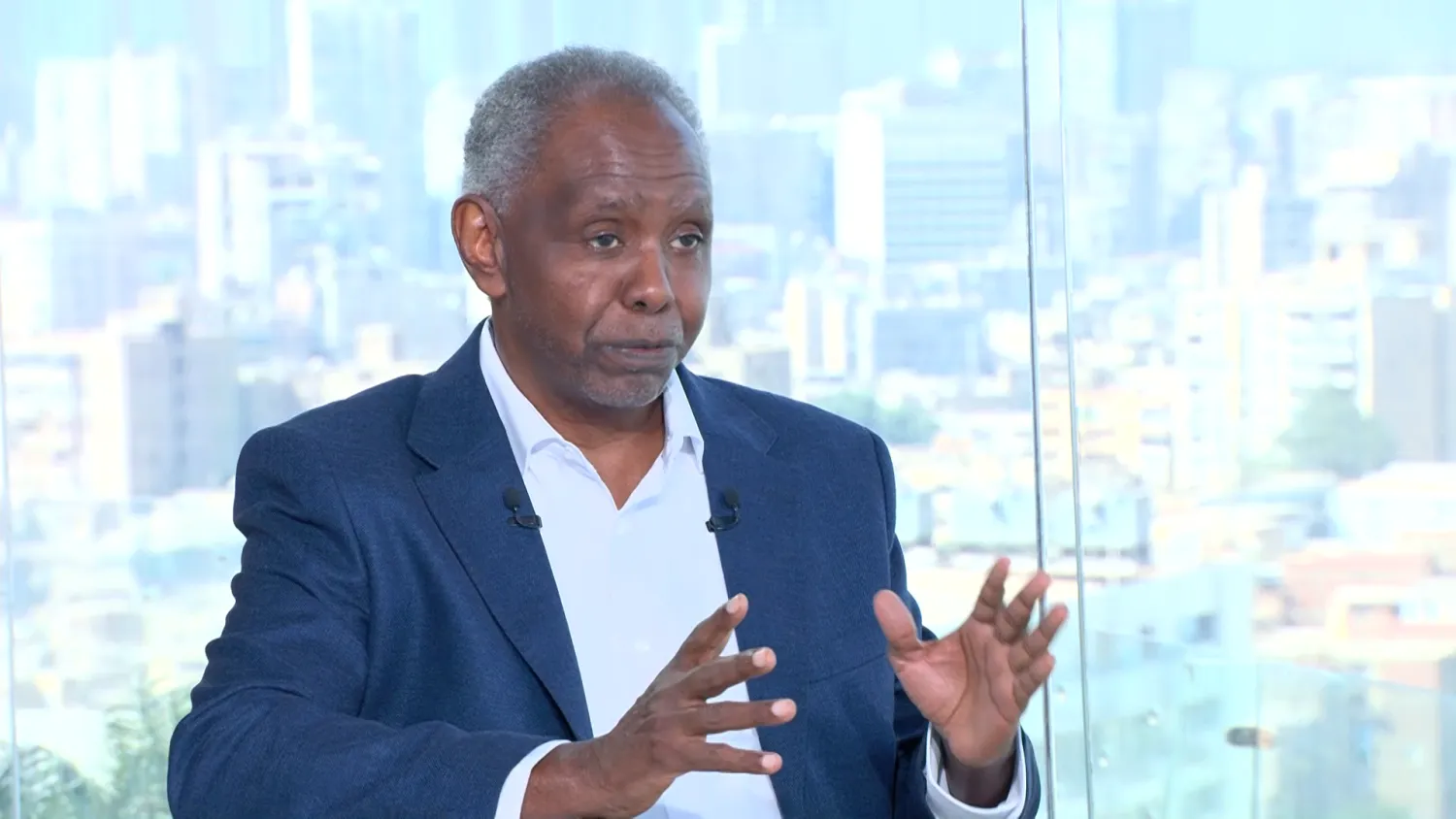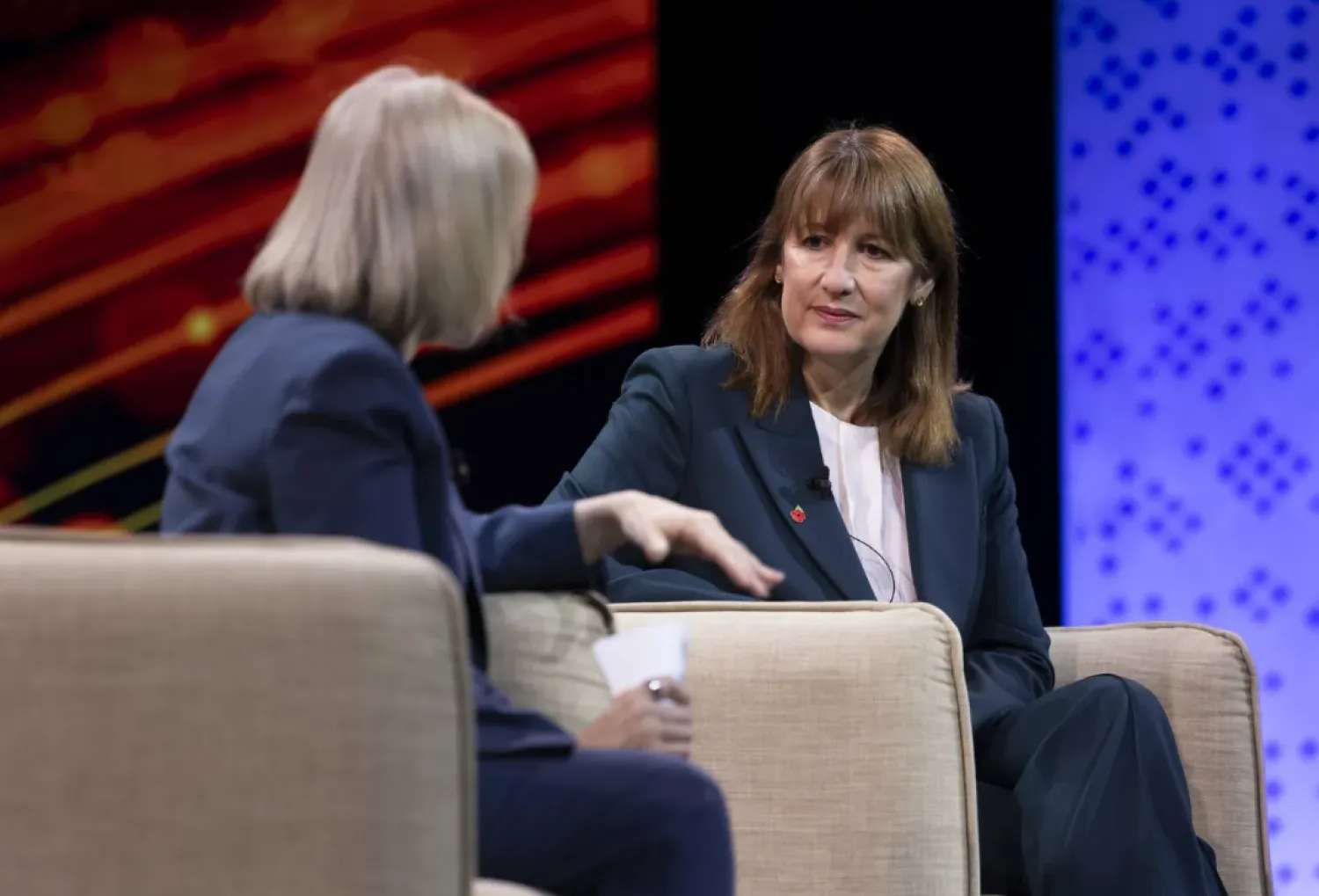Paul-Gordon Chandler is an author, art curator, interfaith advocate, Episcopal priest and the founder of CARAVAN, a peacebuilding arts NGO that uses the arts to build bridges between the Middle East and West. Having living in the Middle East and North Africa for most of his life, he is also on Christian-Muslim relations. His most recent book it on the Lebanese born poet-artist Gibran Khalil Gibran, titled “IN SEARCH OF A PROPHET: A Spiritual Journey with Khalil Gibran.” Asharq Al-Awsat sat with Chandler to discuss his latest publication:
You describe your own work as “peacebuilding through the arts between the creeds and cultures of the East and West. How did you manage to do that in your new book about Gibran, “IN SEARCH OF A PROPHET: A Spiritual Journey with Khalil Gibran”?
My book is a journey into the early 20th century Lebanese born poet-artist Gibran’s life, work and all-embracing spirituality. I explore the foundational influences of his childhood and follow the unfolding of his life into his universal embrace of all.
I came to discover that Gibran is really a supreme East-West figure, and he therefore can be an unparalleled guide for our times, related to peace, harmony and the building of bridges between the cultures and creeds of the Middle East and West. And his life, approach and work touch on so many of the critical issues of today: a bridge for us between creeds and the cultures, care for the environment, equality for women, interest in spirituality as opposed to religion, immigration, status of refugees, conflict in the Middle East, inclusive embrace of different faiths and learning from the best in each tradition.
This is recently illustrated by the two major peacebuilding art exhibitions we have just held in Bahrain and Egypt featuring 36 premier Middle Eastern contemporary artists inspired by Gibran’s message of peace and harmony. The artwork for these two exhibitions will join together for a larger exhibition we are holding in London at Sotheby’s this coming summer, between August 6-10, 2018.
IN SEARCH OF A PROPHET is dedicated to a spiritual side that few knew about in Gibran. Was is difficult to uncover the secrets of Gibran’s spirituality?
Because there are some excellent biographies that have already been written on Gibran, I instead wanted to delve more deeply into his inner spiritual formation and immerse myself in his writings and the environments that shaped him. In doing so his work came to life for me as his spirituality was woven into all he did. More specifically, I sought to understand what led him from being someone born into what was then an exclusive, sectarian and intolerant historic Christian community, to becoming someone who embraced all in our world, and as a result became one embraced by all.
This took me all over the world to museums, art galleries, churches and mosques, and through revolutions and counterrevolutions. It also led me to the far-reaching places of influence his writings and art have traveled.
I began in his birthplace village of Bcharre high up in the snowy mountains of Lebanon, and then on to Boston where he and his family emigrated, to Paris where he did his art training, to New York where he spent most of his career…. ending up in Mexico City at the spectacular Museo Soumaya, where the largest collection of Gibran’s art and writings in the Western Hemisphere is held.
And so many places in between, such as Cairo, Egypt where most of his writings in Arabic in the Middle East were first published, to Savannah, Georgia at the Telfair Museums that holds the most extensive collection of his work in the US, to the Detroit area at the Arab American National Museum that focuses on his legacy….and many other places around the world where monuments, streets, schools, parks, etc. are named after him.
Your peacebuilding work positions you amidst immense religious and ethnic diversity, which can sometimes be very delicate and sensitive. In regard to Gibran, what hurdles of this sort did you face whilst writing the book and how did you overcome them?
Honestly, by far the biggest hurdle I faced in writing the book was the challenge of narrowing down an enormous amount of material written by and about Gibran and selecting what to focus on as I sought to shed light on the depth of his spiritual journey.
Although Gibran addressed many sensitive issues in his writing, he did so creatively and poetically, in ways that spark thoughtful reflection and inspire readers to journey to the heart of spirituality. The imagery of Gibran’s poetry and the depth of his parables serve to break down barriers and draw us toward what he called our “greater selves.”
And I honestly had no idea of the scope of his influence worldwide… both in terms of his reach geographically, and as to the diversity and breadth of groups that identity with him. While living and working in the Middle East, I was struck by how enthusiastically Gibran is loved both throughout the Middle East and in much of the West. The East was proud of him and the West admired him. He was a uniting figure. He seems to be claimed by every group imaginable, including by those from all religious backgrounds.
More than ever I think there is a need to hear voices that call us to unity and respect, and to be inspired to live deeply and generously in our thinking and actions toward the “other” whomever the “other” is. And Gibran is just that voice, and his profound insights offer our day much needed wisdom and guidance - which is why I wrote the book.
You’ve previously explained interfaith work, particularly between Christians and Muslims, as “building on the dark side of the moon.” Can you explain what you mean by this image, and particularly the role of the arts in the process?
In my experience, the most effective way to build peaceful relationships is to build on all the commonalities that exist between Christians and Muslims.
I like the imagery of “building on the dark side of the moon.” I see the thin crescent of the moon, an Islamic symbol of faith, as the part of the moon that we can see because of the reflection. But when you see a crescent moon, the majority of the moon is dark. I liken the slim crescent to what we have different, and the large dark side (most of the moon) to what we have in common. And it is critical that we build our relationships with each other on the “dark side of the moon”. We are too often so blinded by the constant illumination of our differences, that we can’t see all we have in common.
Gibran was not known for having a close relationship with religious figures, but you are an Episcopal priest and yet to manage to really come up with a great spiritual interpretation of the writer. How did you do that?
I grew up in Senegal, a Muslim-majority context, for the first 18 years of my life. Being raised in a minority Christian family in that context, I have always been passionate about building bridges with my Muslim brothers and sisters, who from the beginning have numbered among my closet friends.
In Gibran I discovered a spiritual compatriot who was seeking to do this as well. His words speak to this powerfully: “You are my brother [and sister] and I love you. I love you worshipping in your church, kneeling in your temple, and praying in your mosque. You and I are all children of one religion, for the varied paths of religion are but the fingers of the loving hand of the Supreme Being, extended to all, offering completeness of spirit to all, anxious to receive all.” (from A Tear and a Smile, A Poet’s Voice)
Early in his career, Gibran’s writings addressed the injustices and hypocrisy he witnessed in religious figures as a youth and as a result he was threatened with excommunication. Yet, over time his tone softened to an inclusive embrace, and ironically at the end of his life he was honored by all faith traditions and in death welcomed home to Lebanon as a celebrated son. Finding a way to powerfully communicate a nonsectarian version of spirituality was something that weighed heavily on Gibran.
Do you think Gibran can appeal to the younger generation? If yes, what is the reason in your opinion?
I think that much of the younger generation has grown up amidst increasing diversity and have friendships that naturally bridge divides that are often only theoretical in nature to the generations of their parents and grandparents. I therefore think Gibran’s worldview and philosophy deeply resonates with the worldview of many younger people today. It is just that they are not aware of Gibran. This is largely why I wrote the book, to represent Gibran to a new generation. And I dedicated this book to my two children.
In a time when it becomes harder and harder to listen to our inner selves, our souls, or even what we may need spiritually, Gibran exemplifies someone who created room for silence to listen to the quiet nudging’s of his soul and intent on allowing both the high and low moments of life to weave together into one voice. And it is that “voice within a voice” that Gibran wanted his readers to hear when reading his writings.
You have visited Lebanon and specifically Gibran’s hometown. How do you recall this visit and did it help you to understand the poet more?
Lebanon is one of my favorite places in the world. The people, food, history and beauty inspire me each time I visit. I began my journey in Gibran’s birthplace village of Bcharre high up in the snowy mountains of Lebanon, which breathed life into much of the imagery found in his well-known book, The Prophet, – mountains, villagers, sages, and a wealth of natural beauty. Although he spent only twelve short years in this magical mountainous setting, it was to serve as the foundation of his spirituality and worldview for the rest of his life.
In contrast to the gorgeous peaceful surroundings, he was born into a Maronite Christian family during a period of political and interreligious strife, as well as one full of corruption by religious authorities, during the latter part of a 400-year long Ottoman occupation – all circumstances that would influence his life and work for years to come.
When Gibran was 12 he and his family emigrated to America and he matured into young adulthood as an immigrant. Interestingly, Gibran discovered that he had the liberty to write in a way that he would not have been able to while living in the Arab world at the time. Because of his unique background, he was able to tap into the confluence of East and West, which he embodied, and to explore the oneness of humanity, becoming a natural bridge between creeds and cultures.
As Gibran’s good friend, the eminent American architect and writer, Claude Bragdon, said of him: "His power came from some great reservoir of spiritual life else it could not have been so universal and so potent, but the majesty and beauty of the language with which he clothed it were all his own."












